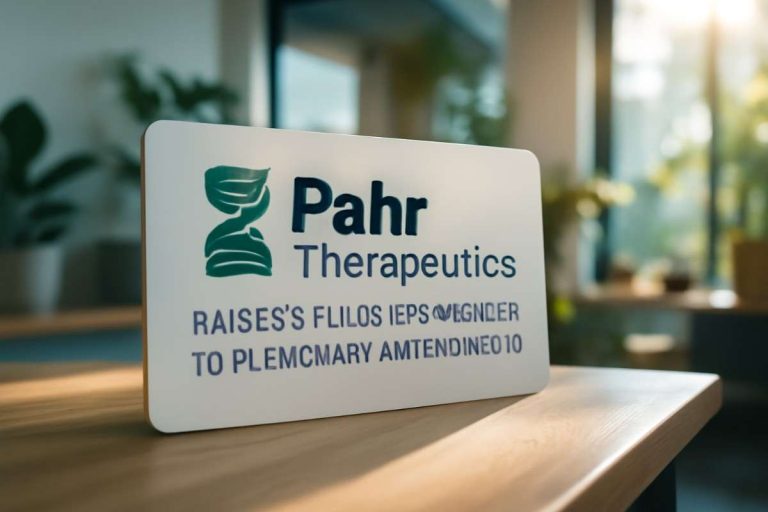
July 30, 2025 A newly introduced FDA voucher program intended to fast-track drug approvals and potentially reduce prices has instead sparked widespread confusion across the biopharma sector. The Commissioner’s National Priority Voucher (CNPV) program, launched with little public input, has raised questions about transparency, implementation, and the real impact on drug affordability.
The program, which officially became effective last week after its announcement in June, is aimed at expediting drug review times from the typical 10–12 months to as little as 1-2 months for certain therapies that meet newly defined national priorities. These include drugs that are affordably priced, address urgent health threats, or support domestic manufacturing.
FDA Commissioner Marty Makary explained that drug pricing may now be considered as a factor in determining whether a company receives one of the fast-track vouchers. The intent, he said, is to create incentives for companies to offer lower-cost treatments while accelerating access to critical medicines.
However, the rollout has left industry insiders, legal experts, and public health professionals puzzled.
“The voucher is part of a broader trend where the administration announces vague policies without providing key details on execution,” said Rachel Sachs, a law professor at Washington University in St. Louis who specializes in health law and FDA regulation. “This lack of clarity is troubling for drug manufacturers who need to understand how the program affects their rights and for patients and clinicians who deserve transparency.”
The criteria for eligibility remain ambiguous. While the FDA has cited factors such as drug affordability, innovation, and domestic production as qualifiers, stakeholders argue that there’s no clear guidance on how these elements are weighed or how companies can qualify.
This lack of direction has triggered uncertainty in an already sensitive environment, as pharmaceutical companies face increasing pressure to control soaring drug prices while navigating complex approval processes.
Sachs added, “The administration could have communicated with more detail. That would have helped everyone patients, observers, and industry players alike. I’ve read multiple interpretations of what the administration is trying to do. I still don’t understand this one.”
The new voucher policy, rather than offering a streamlined pathway, now risks adding a layer of regulatory confusion potentially complicating innovation and slowing the very progress it was designed to accelerate.
Request a customized case study tailored to your business needs and gain deeper insights into healthcare market strategies: sales@towardshealthcare.com




